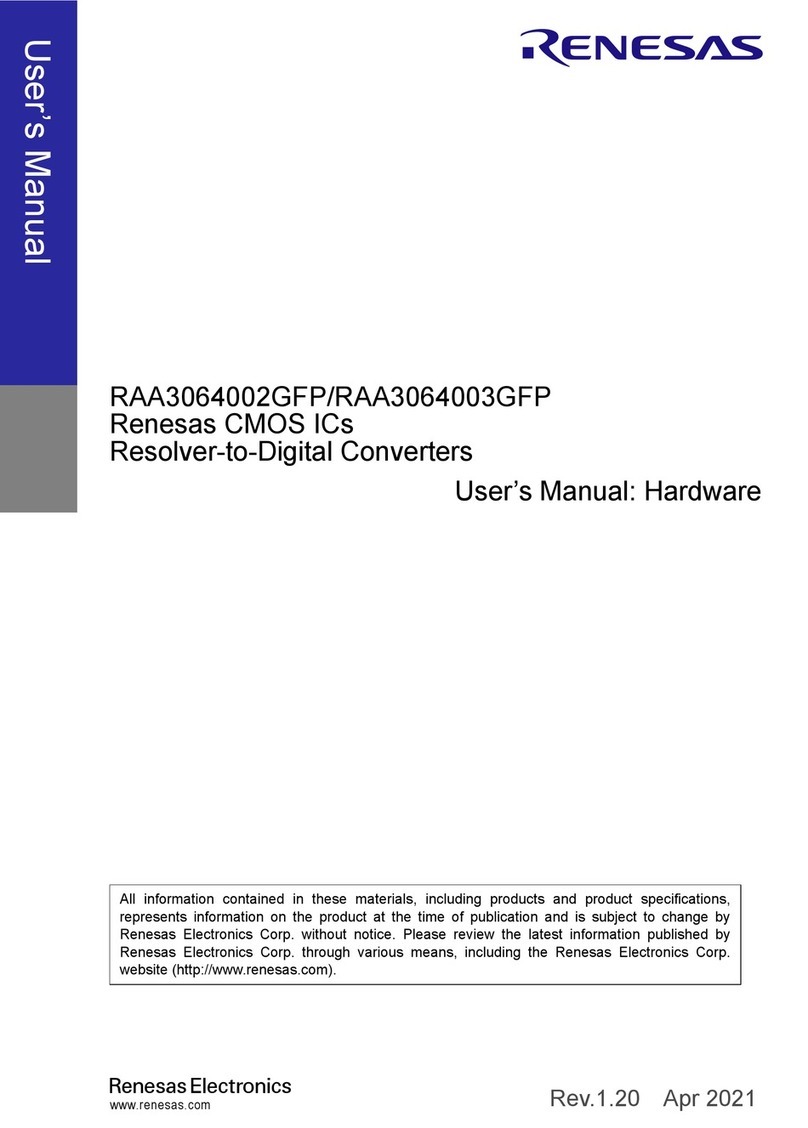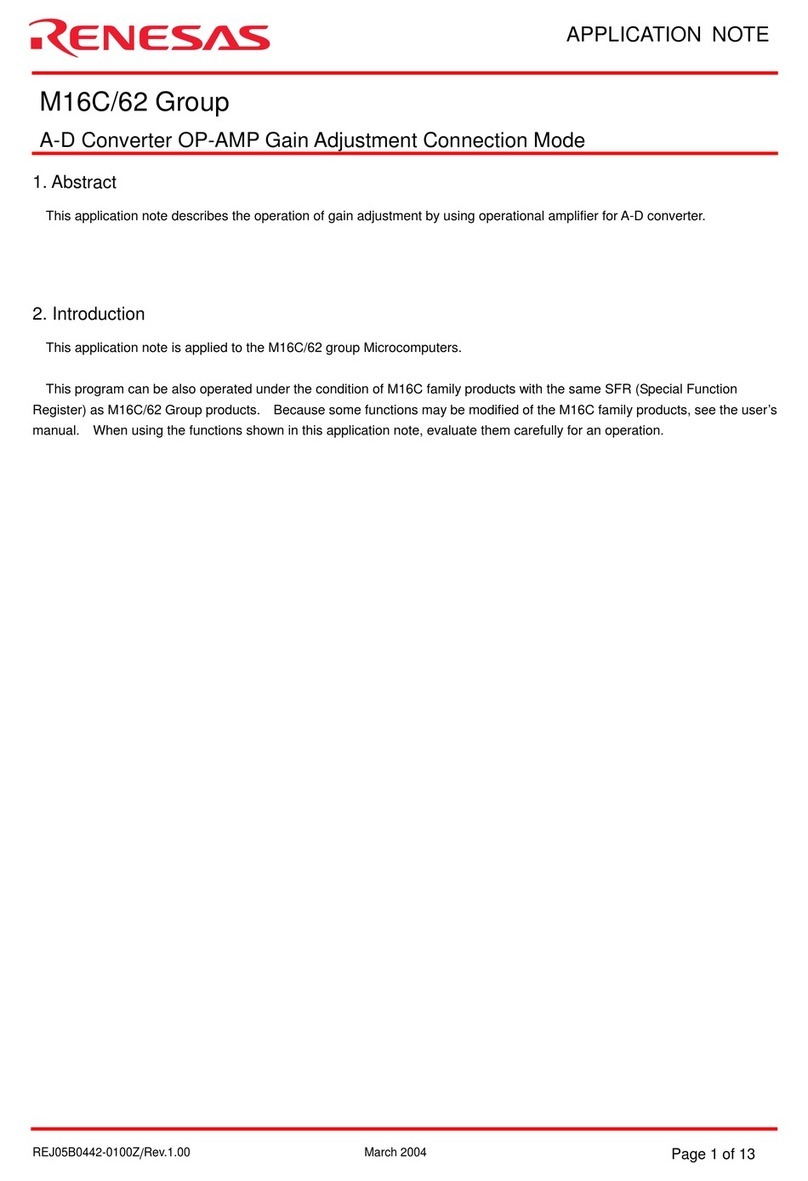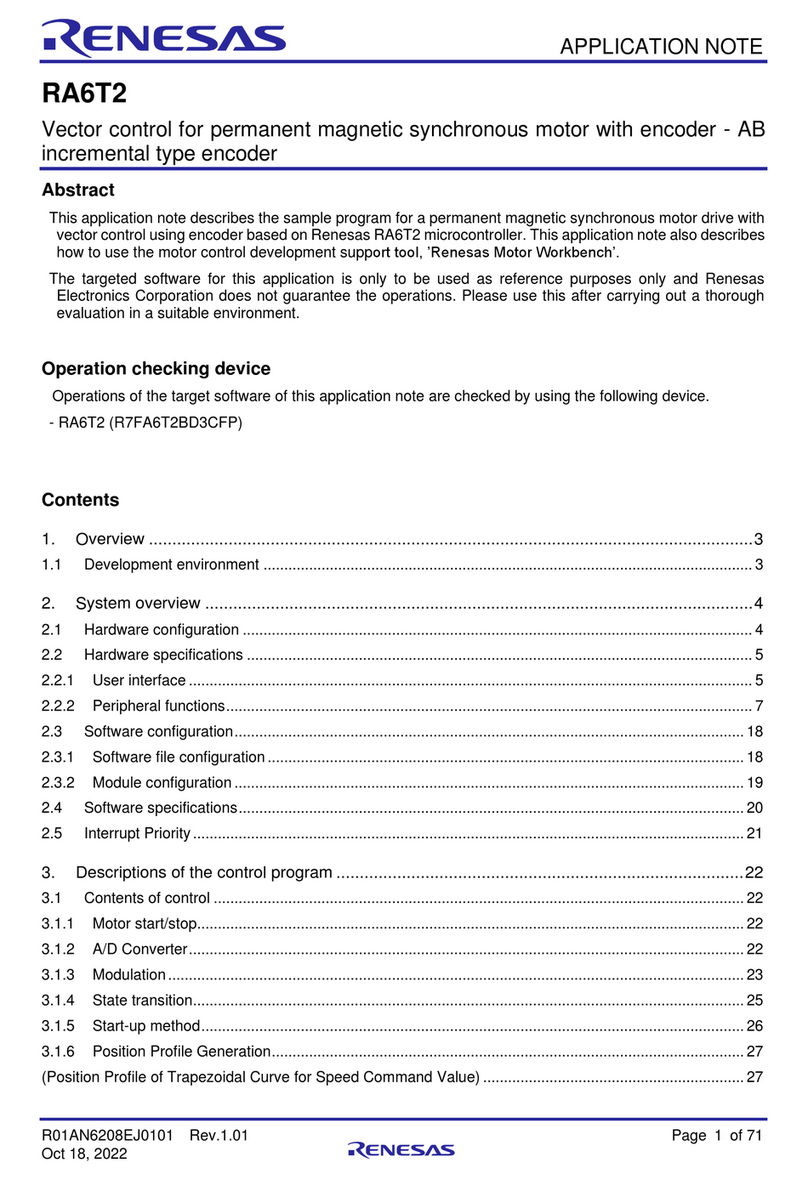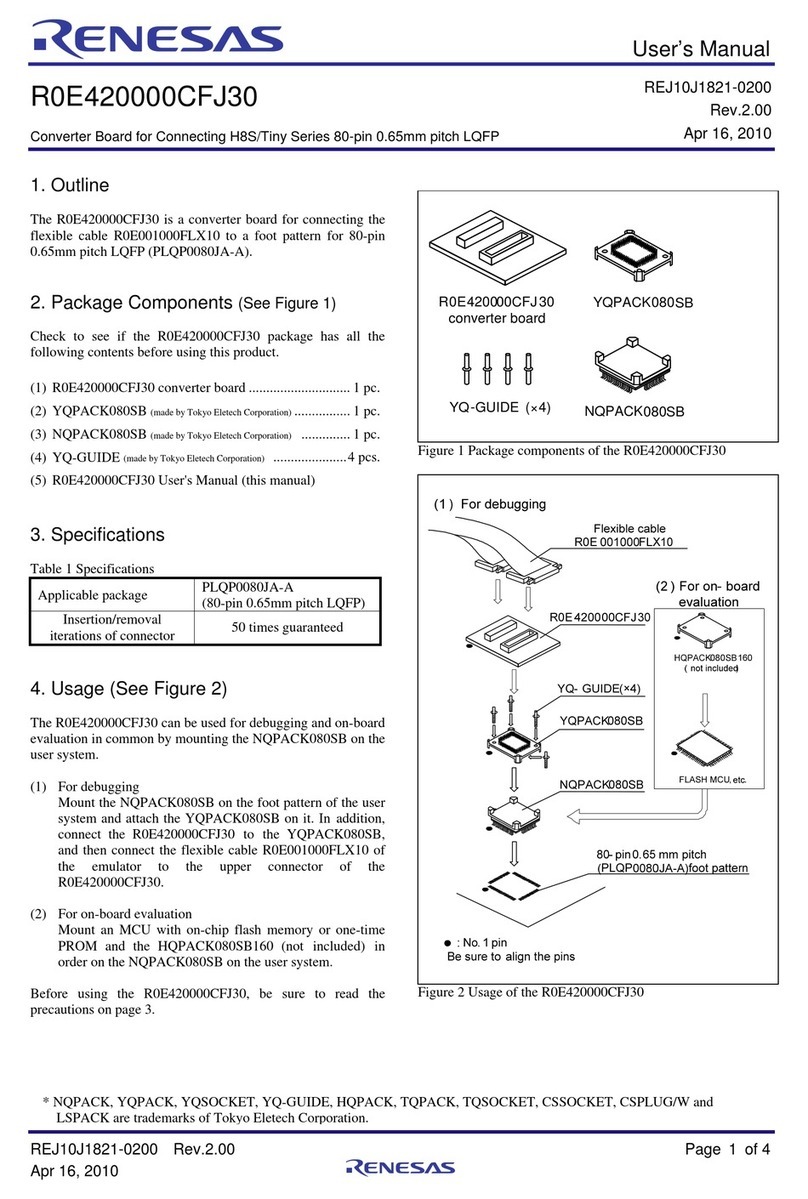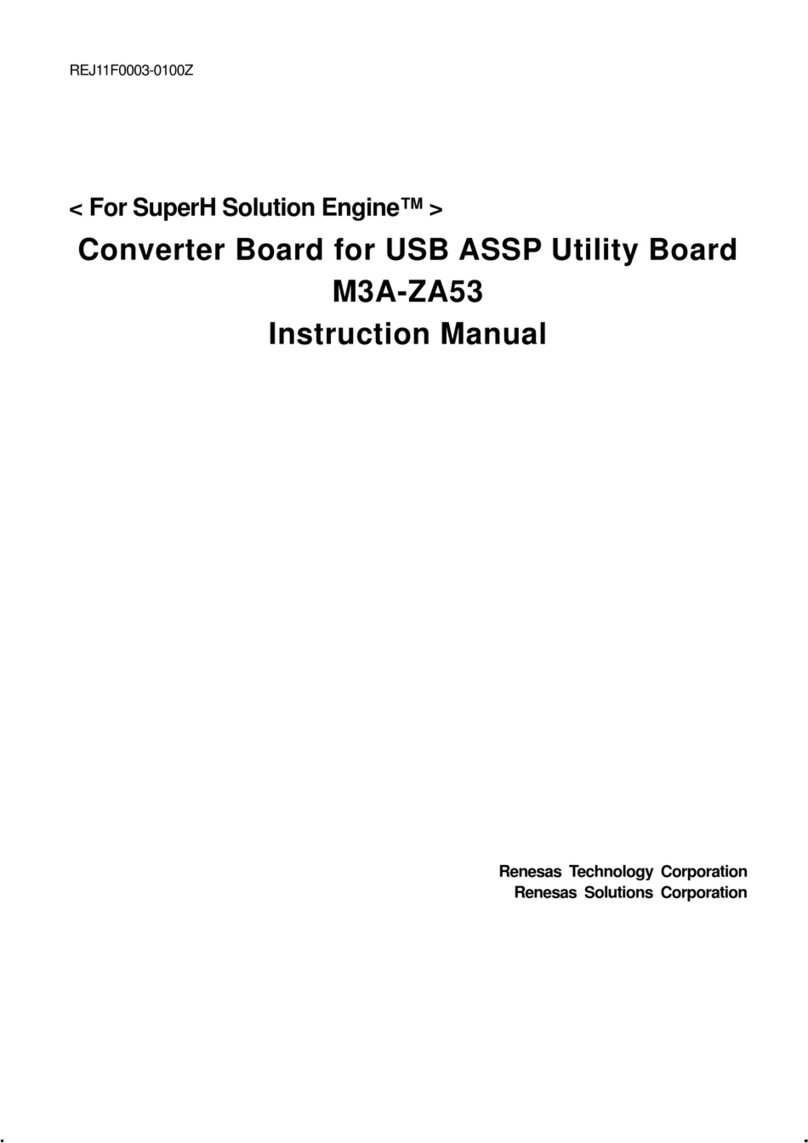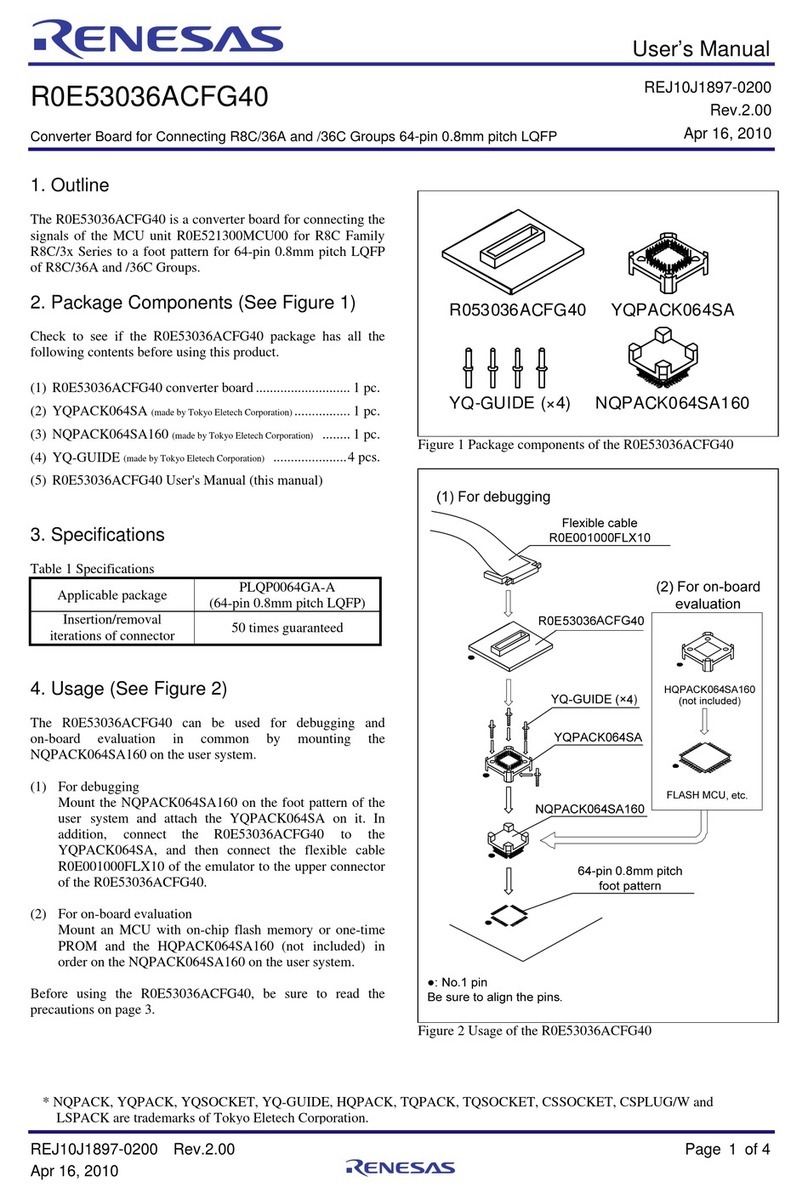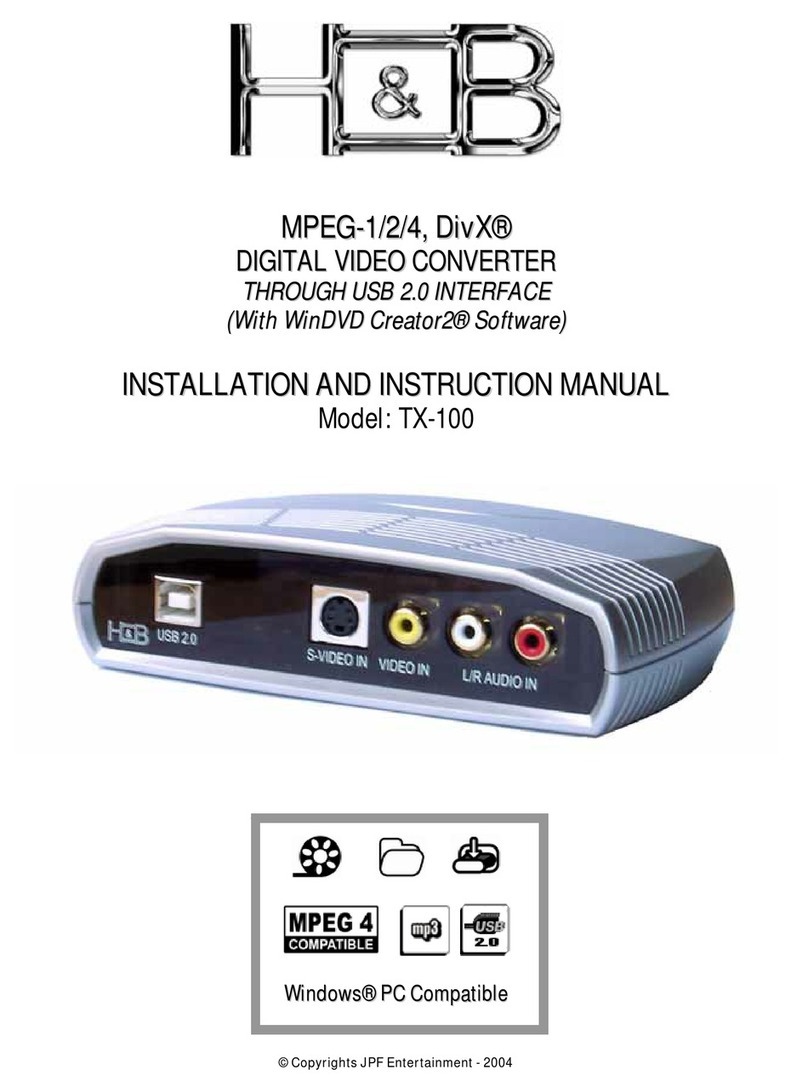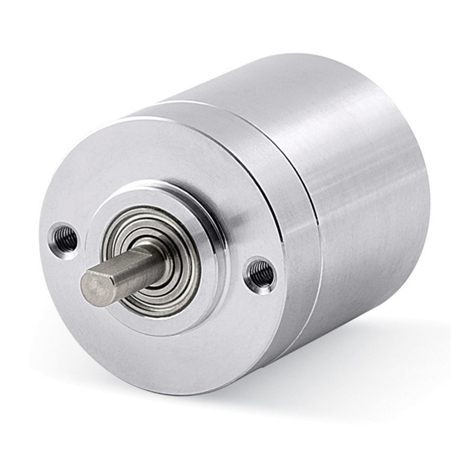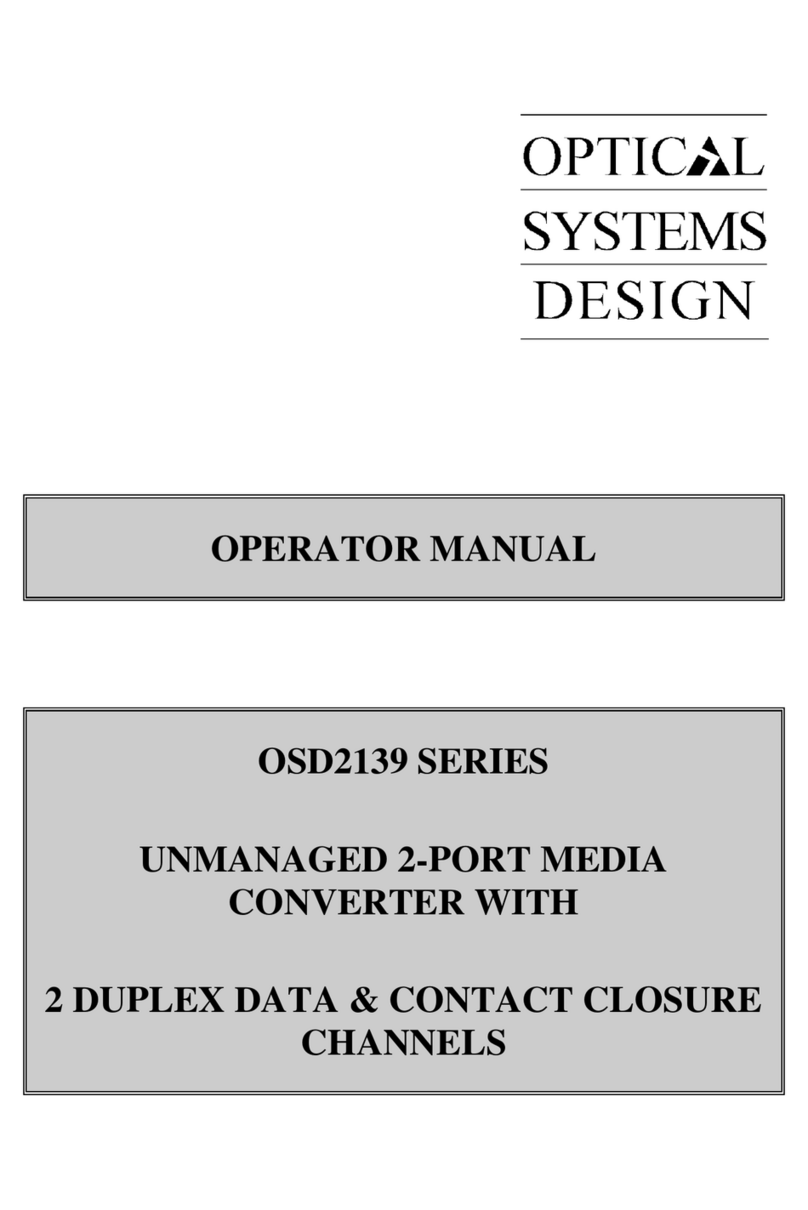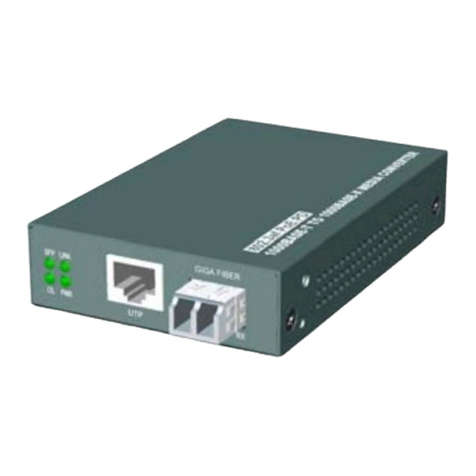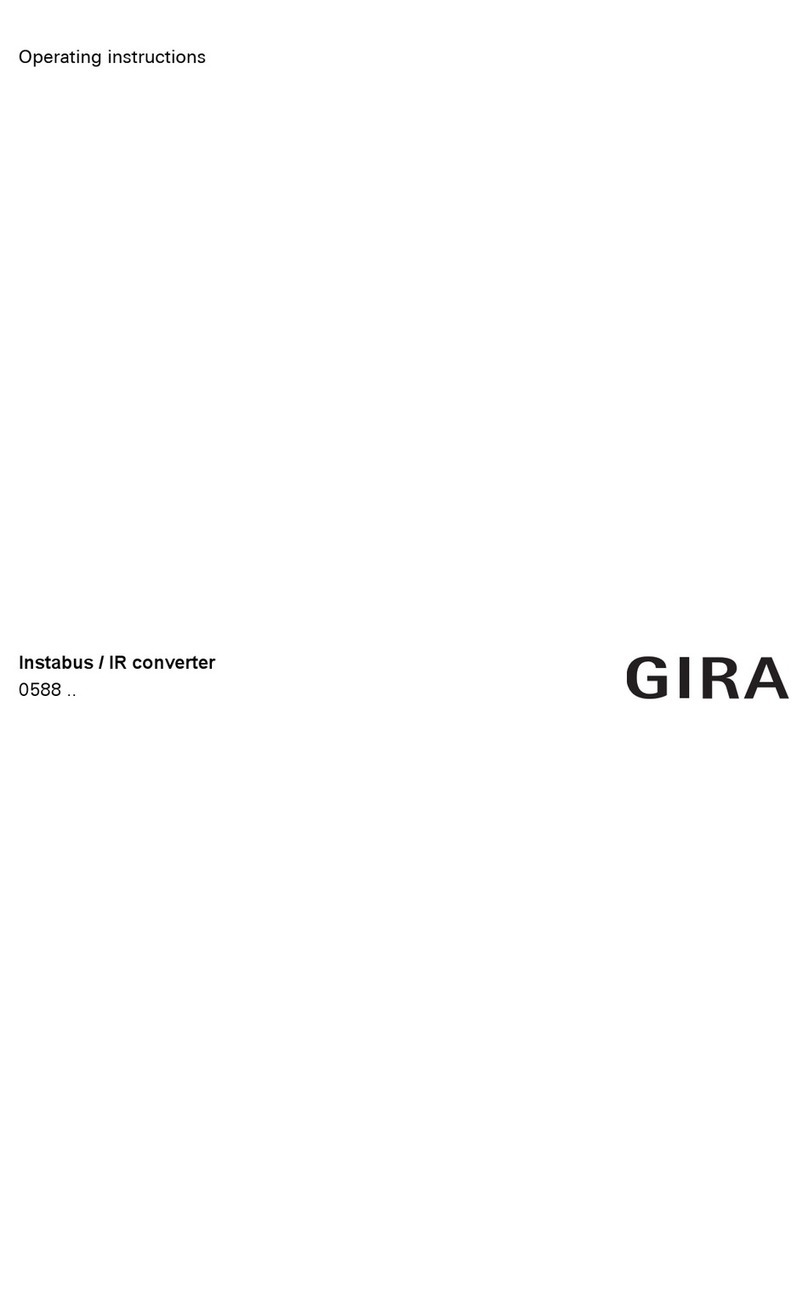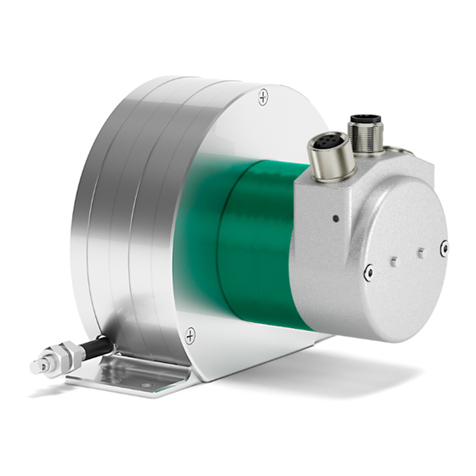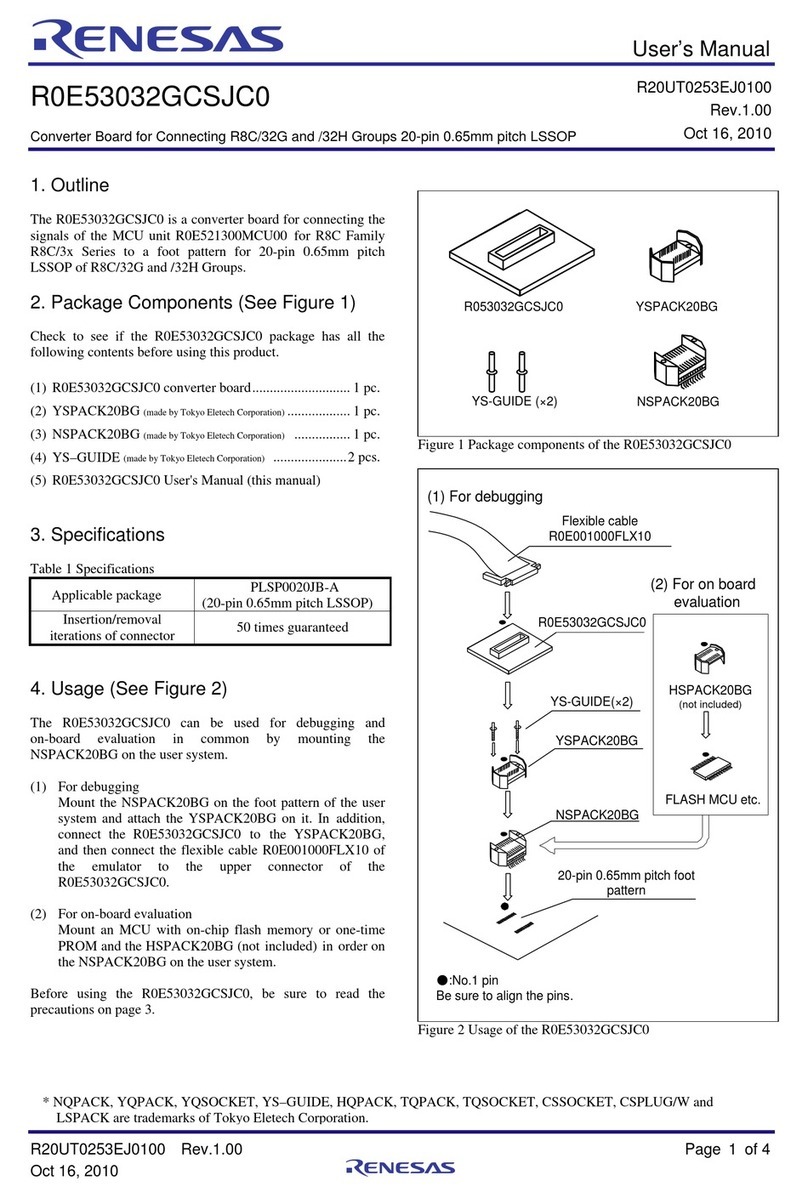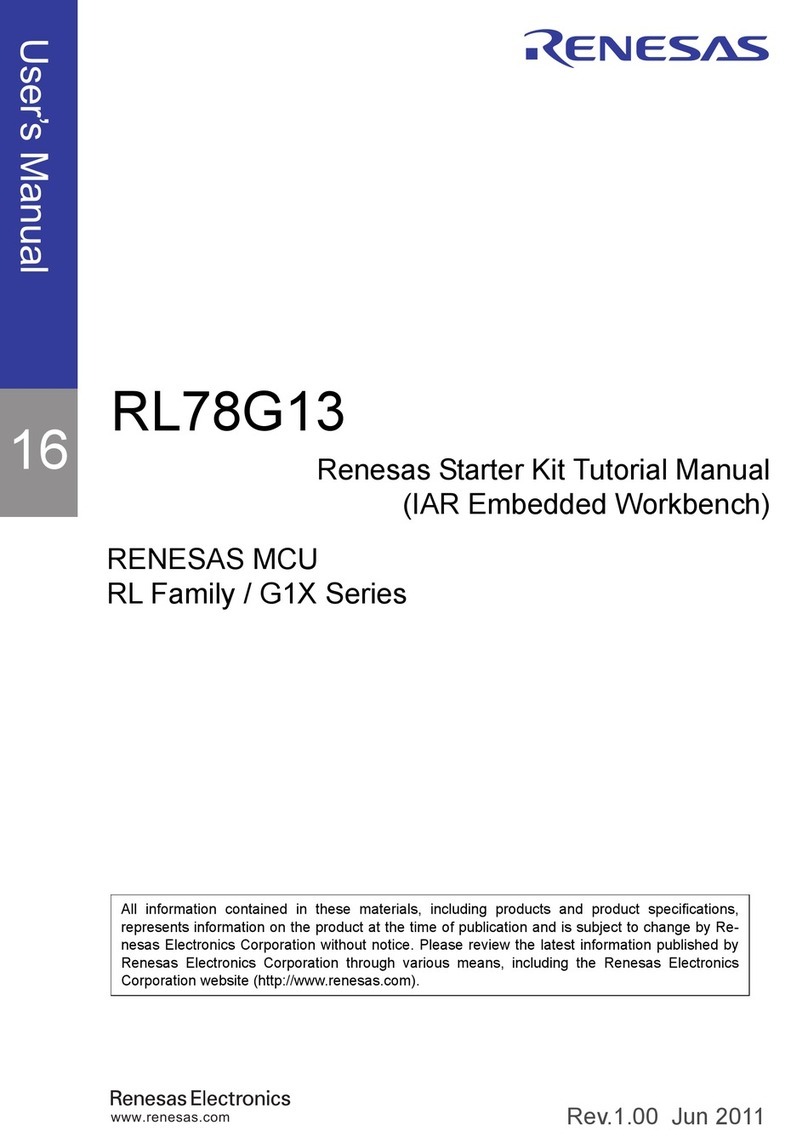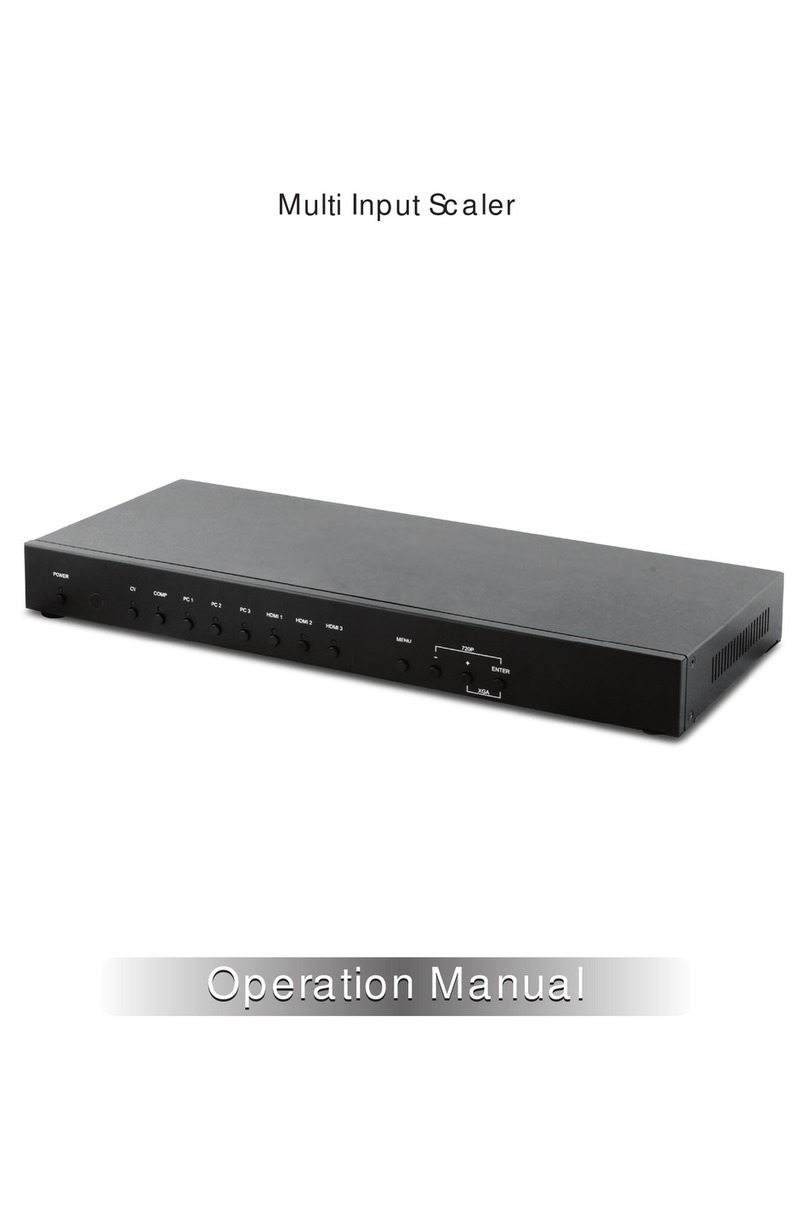
USER’S MANUAL
AN1211
Rev 0.00
Jan 3, 2006
ISL8103EVAL1
Three Phase Buck Converter with Integrated High Current 5-12V Drivers
AN1211 Rev 0.00 Page 1 of 21
Jan 3, 2006
Introduction
The progress in many parts of modern power systems such
as DDR/Chipset core voltage regulators, high current low
voltage DC/DC converters, FPGA/ASIC DC/DC converters
and many other general purpose applications keeps
challenging the power management IC makers to come up
with innovative products and new solutions to meet the
increase in power, reduction in size and increase in the
DC/DC converter’s efficiency targets. The interleaved
multiphase synchronous buck topology proves again to be
the topology of choice for such high current low voltage
applications.
The ISL8103 is a space-saving, cost-effective solution for
such applications. The ISL8103 is a three-phase PWM
control IC with integrated high current MOSFET drivers. The
integration of 5-12V high current MOSFET drivers into the
controller IC marks a departure from the separate PWM
controller and driver configuration of previous multi-phase
product families. By reducing the number of external parts,
this integration allows for a cost and space saving power
management solution.
Output voltage can be programmed using the on-chip DAC
or an external precision reference. A two bit code programs
the DAC reference to one of 4 possible values (0.6V,
0.9V,1.2V and 1.5V). A unity gain, differential amplifier is
provided for remote voltage sensing, compensating for any
potential difference between remote and local grounds. The
output voltage can also be offset through the use of single
external resistor. An optional droop function is also
implemented and can be disabled for applications having
less stringent output voltage variation requirements or
experiencing less severe step loads.
A unique feature of the ISL8103 is the combined use of both
DCR and rDS(ON) current sensing. Load line voltage
positioning and overcurrent protection are accomplished
through continuous inductor DCR current sensing, while
rDS(ON) current sensing is used for accurate channel-current
balance. Using both methods of current sampling utilizes the
best advantages of each technique.
Protection features of this controller IC include a set of
sophisticated overvoltage and overcurrent protection.
Overvoltage results in the converter turning the lower
MOSFETs ON to clamp the rising output voltage and protect
the load. An OVP output is also provided to drive an optional
crowbar device. The overcurrent protection level is set
through a single external resistor. Other protection features
include protection against an open circuit on the remote
sensing inputs. Combined, these features provide advanced
protection for the output load.
The ISL8103EVAL1 evaluation board embodies a 85-90A
regulator solution targeted at supplying power to the
designated load. The physical board design is optimized for
3 phase operation and ships out configured to provide one of
the following four output voltages (0.6V, 0.9V, 1.2V and 1.5V)
depending on choice of the REF1, REF0 combination set by
DIP switch U2, but can be easily modified to provide any
output voltage values in the range of 0.6-2.3V by means of
resistor divider composed of R90 and R81.
For further details on the ISL8103, consult the data sheet [1].
The Intersil multi-phase family controller and driver portfolio
continues to expand with new selections to better fit our
customer needs. Refer to our web site for updated
information: www.intersil.com.
ISL8103EVAL Board Design
The evaluation kit consists of the ISL8103EVAL1 evaluation
board, the ISL8103 datasheet, and this application note. The
evaluation board is optimized for three phase operation
without droop, the nominal output voltage is 1.5V (with DIP
switch U2 set to 11 position) and the maximum output
current is 90A.
The evaluation board provides convenient test points, a DIP
switch for DAC (REF) voltage selection from four possible
values (0.6V, 0.9V, 1.2V and 1.5V), footprint for a resistor
divider for output voltage adjustment up to 2.3V, and an on-
board transient load generator to facilitate the evaluation
process. An on board LED is present to indicate the status of
the PGOOD signal. The board is configured for down
conversion from 5-12V to the REF setting.
The printed circuit board is implemented in 6-layer, 2-ounce
copper. Layout plots and part lists are provided at the end of
this application note for this design.
Quick Start Evaluation
The ISL8103EVAL1 is designed for quick evaluation after
following only a few simple steps. All that is required is two
bench power supplies, Oscilloscope and Load. To begin
evaluating the ISL8103EVAL1 follow the steps below.
1. Before doing anything to the evaluation board, make sure
that the “Enable” switch (S1) is in the Disable position and
the “Transient Load Generator” switch (S2) is in the Load
Off position.
2. Connect a 12V, 15A Lab power supply between J7 and
J8, this power supply provides VIN and PVCC (with
original board configuration).
3. Connect a 5V, 1A Lab power supply between J23 and
GND, this power supply provides VCC bias (and PVCC
bias if the board is configured for 5V PVCC).

